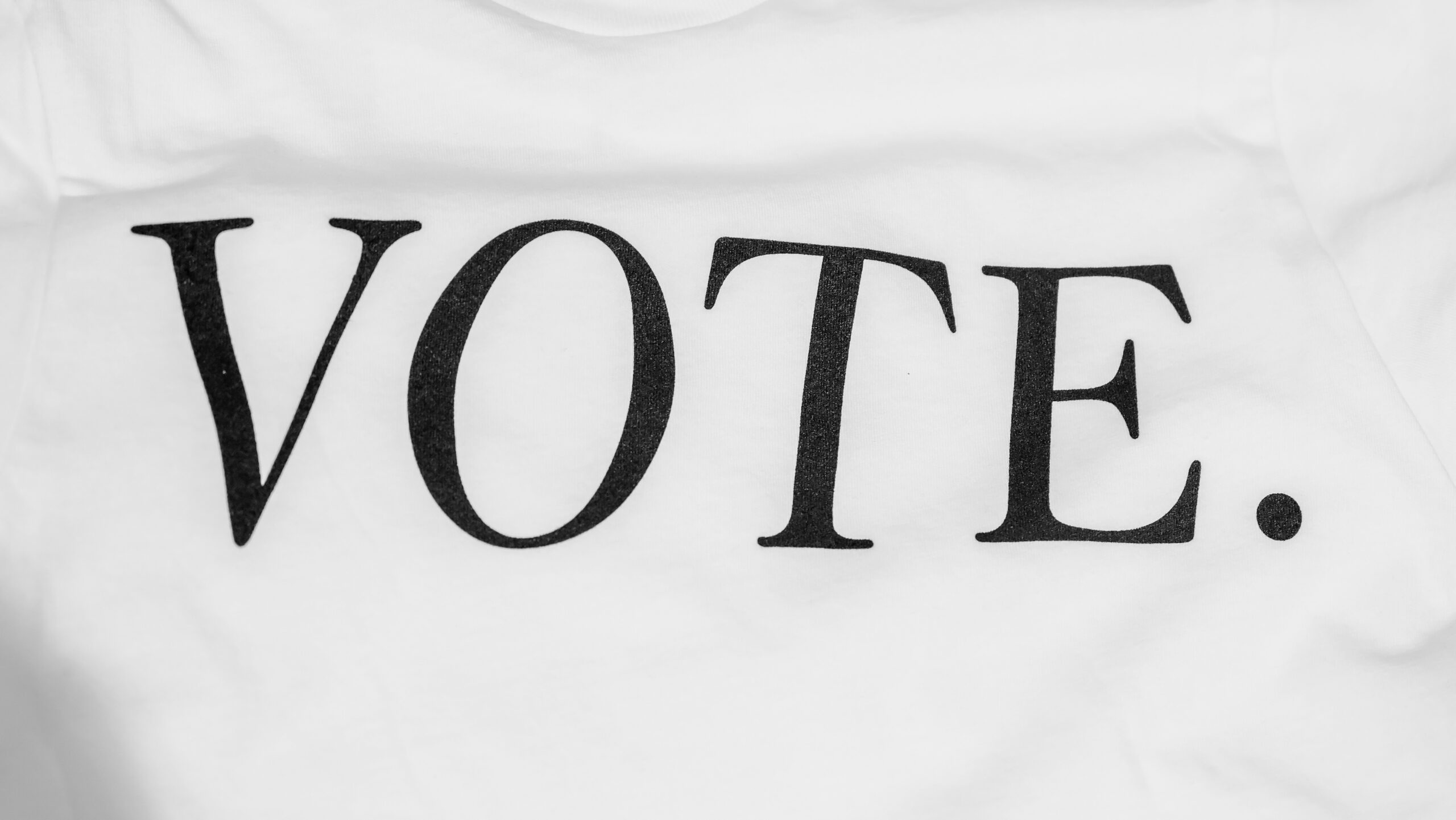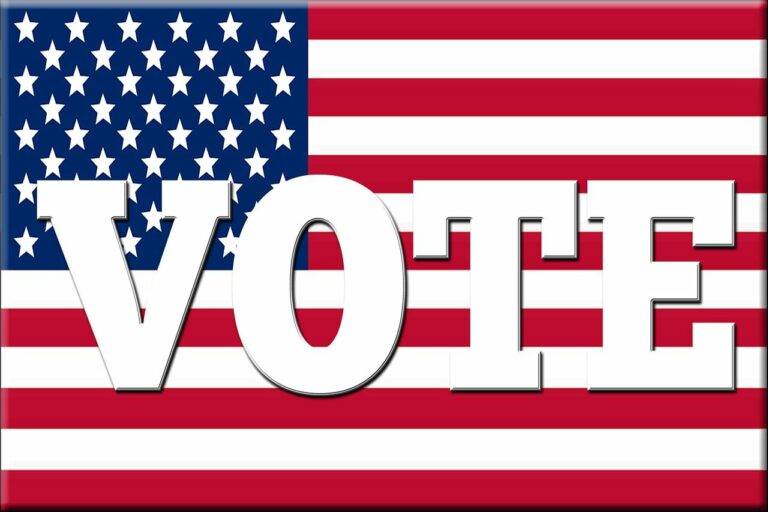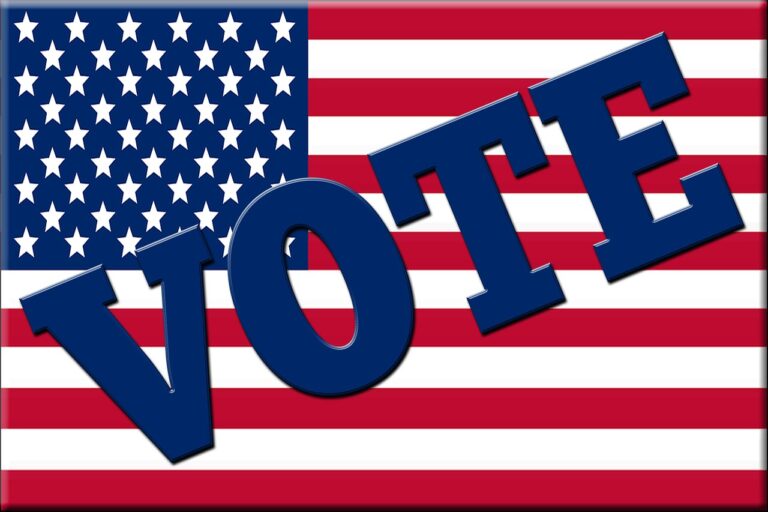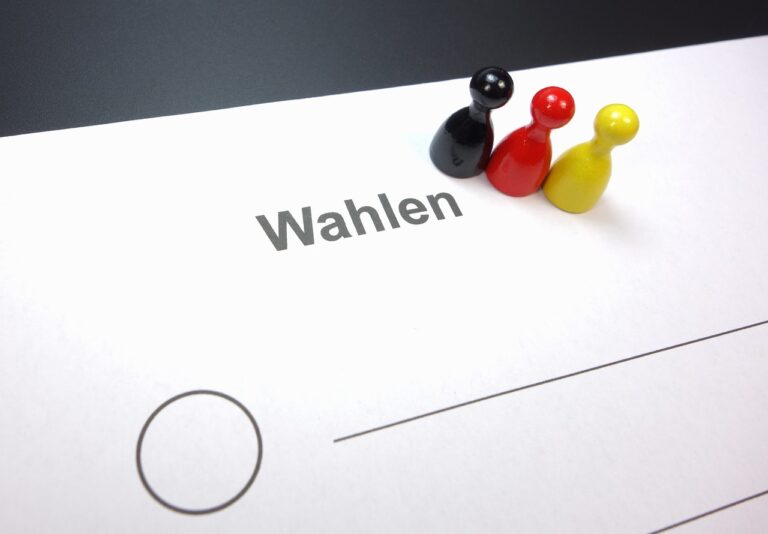Addressing Election Fraud Through Biometric Verification
Ensuring the accuracy and integrity of the electoral process is crucial in upholding the democratic values of a nation. Voter verification plays a pivotal role in this by confirming the identity of individuals casting their votes. By establishing the identity of voters, the electoral authorities can prevent fraudulent practices and maintain the legitimacy of election outcomes.
Moreover, voter verification helps in safeguarding the principle of “one person, one vote” by making sure that each eligible voter has the opportunity to participate in the democratic process. Without proper verification measures in place, there is a risk of multiple voting or unauthorized individuals influencing the election results. Therefore, ensuring the verification of voters is fundamental in promoting transparency and fairness in elections.
Voter verification confirms the identity of individuals casting their votes
Helps prevent fraudulent practices and maintain legitimacy of election outcomes
Safeguards the principle of “one person, one vote”
Prevents multiple voting or unauthorized individuals influencing election results
Fundamental in promoting transparency and fairness in elections.
Biometric Technology: How It Works
Biometric technology works by capturing unique physical or behavioral characteristics of an individual, such as fingerprints, facial features, or iris patterns. These biometric data points are then converted into digital templates that are securely stored and used for comparison during verification processes. When a person presents themselves for verification, their biometric information is compared against the stored templates to confirm their identity. This technology relies on the fact that these biometric traits are highly distinctive to each individual, making it a reliable form of identification.
One key aspect of how biometric technology works is its ability to provide a fast and accurate means of identification. Through the use of specialized scanners or devices, biometric data can be captured and processed within seconds, allowing for swift verification of individuals. This speed and accuracy make biometric technology a valuable tool not only in elections but also in various other sectors where secure and efficient identification processes are necessary.
Benefits of Using Biometric Verification in Elections
Biometric verification in elections offers enhanced security, accuracy, and efficiency. By relying on unique physical characteristics like fingerprints or iris patterns, this technology helps to prevent voter fraud and ensure that only eligible individuals cast their ballots. As a result, election results are more trustworthy, reflecting the genuine will of the people. Additionally, the streamlined verification process reduces the likelihood of long queues and delays at polling stations, contributing to a smoother voting experience for citizens.
Moreover, biometric verification enhances inclusivity in the electoral process. By providing a robust method to verify voters’ identities, this technology helps to prevent disenfranchisement of certain groups, such as those without traditional forms of identification. As a result, more individuals can participate in the democratic process, promoting fairness and equality in elections. This increased access to voting safeguards the fundamental right of every eligible citizen to have their voice heard in choosing their representatives.
What is voter verification and why is it important?
Voter verification is the process of confirming the identity of a voter before allowing them to cast their ballot. It is important because it helps prevent fraud, ensures the integrity of the election process, and gives voters confidence in the results.
How does biometric technology work in voter verification?
Biometric technology uses unique physical characteristics, such as fingerprints or facial features, to verify a person’s identity. These biometric data points are stored in a database and can be matched against a voter’s information during the verification process.
What are the benefits of using biometric verification in elections?
Some benefits of using biometric verification in elections include increased accuracy in voter identification, reduced instances of fraud, improved efficiency in the voting process, and enhanced security of the election system.
How does biometric verification help prevent voter fraud?
Biometric verification helps prevent voter fraud by ensuring that each voter can only cast one vote and that they are who they claim to be. This helps maintain the integrity of the election process and protects against any attempts to manipulate the results.






